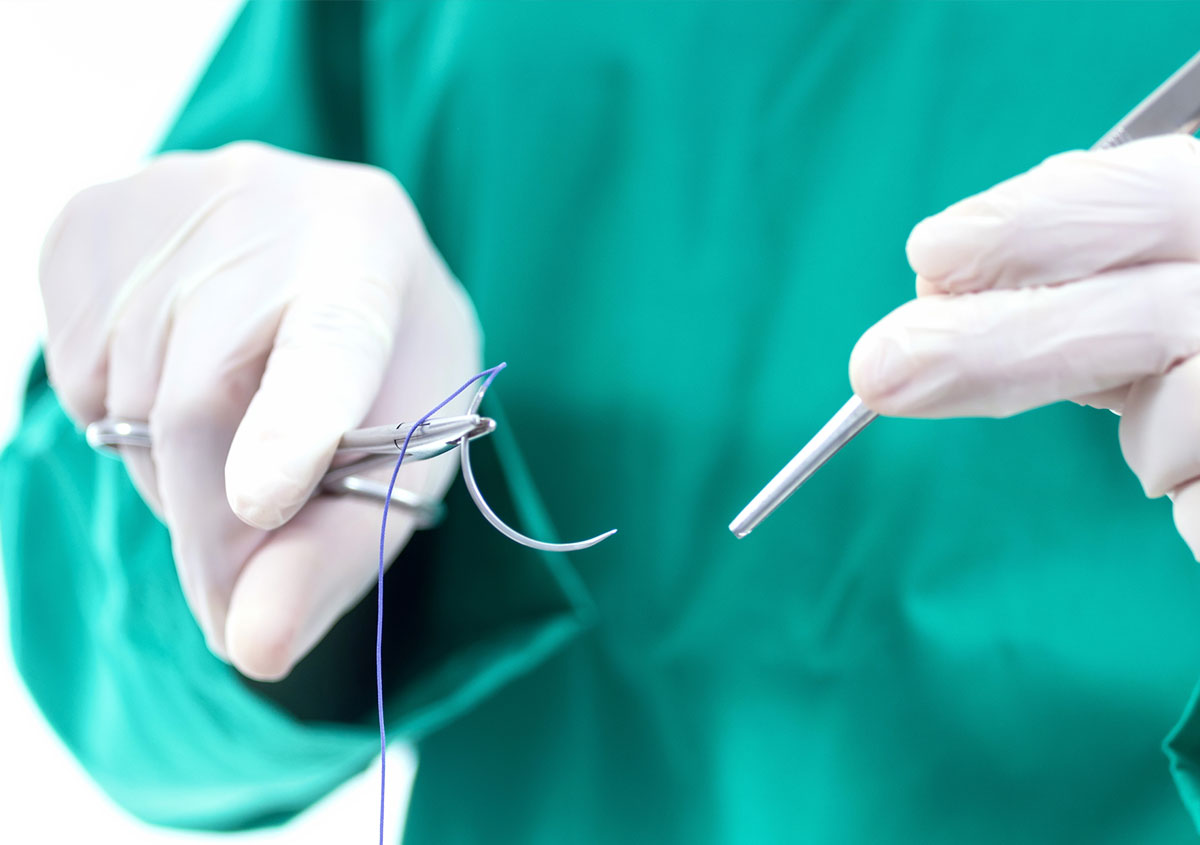
30
Jun
Extruded “Spitting” Sutures

When we repair a wound, we sew your skin together like layers on a cake, aligning each layer. A deep layer of sutures, also known as stitches, is used under the skin to guide the healing process, and a top layer of sutures is used to close the skin. The deep sutures are primarily dissolving ones. Dissolvable sutures are usually clear in color, and permanent sutures are dark blue or black in color.
Since all sutures are technically “foreign substances” the human body has a tendency to reject them. Ideally, this means the body breaks them down and dissolves them. Sometimes instead of dissolving the sutures, your body will push the suture out of your body. When it does this, we call it “spitting” a stitch. This happens quite commonly, and when a stitch does come out, it can come to the surface with an inflamed red spot. Usually you can feel something like fishing line around this area.
If the suture does “spit,” it is not something to worry about. If you are able to grab it with tweezers, give it a gentle pull. Applying a warm moist compress to the area may help bring more of the suture to the surface. At that point, the surface material may be cut or trimmed away. After removal or trimming, clean the area with a little rubbing alcohol and then apply Vaseline. If the area is persistently irritated or is getting increasingly painful then you may require an office visit.
Brandon Kirsch, MD FAAD is a board-certified dermatologist, as well as the founder of Kirsch Dermatology in Naples, Florida and the Chief of Dermatology at the Naples Community Hospital.

